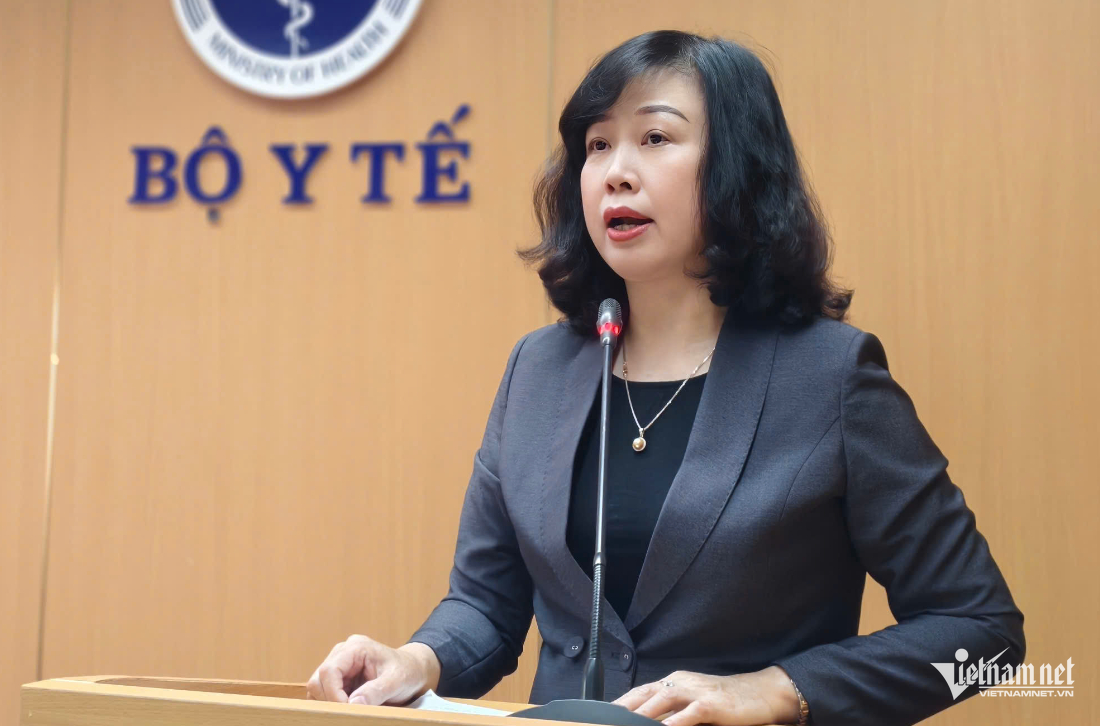At a nationwide teleconference on May 23 reviewing efforts to combat smuggling, commercial fraud, and counterfeit goods in the health sector, Health Minister Dao Hong Lan voiced a sobering concern: "People are genuinely confused. They go to the market and can’t tell which products are licensed for sale and which are counterfeit or fake."
Despite efforts by the Ministry of Health to guide and coordinate inspections at the local level, Minister Lan acknowledged the problem remains complex and widespread.

No exceptions in the fight against counterfeit goods
Referring to recent high-profile cases, Minister Lan stressed that the crackdown on counterfeit medical products must be carried out strictly and fairly, with “no forbidden zones.” She affirmed that various smuggling networks and violators, including officials, have already been prosecuted.
However, she pointed out a major weakness: “Post-market inspections at the local level are not being enforced properly.”
Weak post-market inspection and oversight
Under current regulations, local governments bear the primary responsibility for post-market supervision. But in reality, random inspections have uncovered widespread violations. For example, in An Giang province, from early April to now:
5 out of 37 milk retailers (for infants under 36 months) were found in violation
25 out of 86 pharmaceutical, cosmetic, and supplement vendors violated regulations
9 out of 43 food safety inspections detected issues
These cases resulted in fines totaling over 1.5 billion VND (approx. $60,000 USD).
Still, An Giang’s Health Director, Tran Quang Hien, noted the explosive growth of e-commerce platforms poses even greater challenges. Authorities recently uncovered unlicensed pharmaceutical businesses operating online - some selling tens of billions of VND worth of goods in a single day, without issuing receipts.
Hien pointed out gaps in the regulatory system. For instance, only certain food products are subject to oversight by the Department of Health. Other categories like cosmetics often rely on self-declared standards, which are rarely reviewed afterward.
In provinces with a high volume of declarations and limited staff, comprehensive post-market checks are unfeasible. “Without routine re-certification or testing, some businesses will meet standards only once, then gradually lower product quality to chase profits,” Hien warned.
He proposed that the Ministry of Health issue clearer regulations, making quality declarations mandatory for specific products and ingredients, requiring regular inspection every 6 to 12 months, and publicly listing compliance on a central portal. “Only then will businesses hesitate to deal in substandard or counterfeit goods,” he added.
Rebuilding public trust through traceability
Minister Lan emphasized that one critical solution is enhancing digital traceability and product data management. Collaborating with the Ministry of Public Security, which is developing a national database system, could help verify whether a product’s origin and registration are legitimate.
“If consumers can easily trace where a product came from, and whether the producer has a valid license, it’ll restore their confidence,” she explained.
“The public is overwhelmed and unsure what's legal or counterfeit,” she said. To be effective, anti-counterfeit efforts must be sustained year-round - not just during temporary peak campaigns.
She urged provinces to “launch a movement to encourage people to report counterfeit goods and smuggling activities.”
“Authorities can’t monitor everything 24/7, but citizens are everywhere. We must build a culture that rejects counterfeit products,” she concluded.
Vo Thu